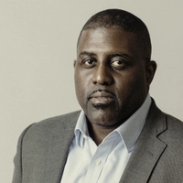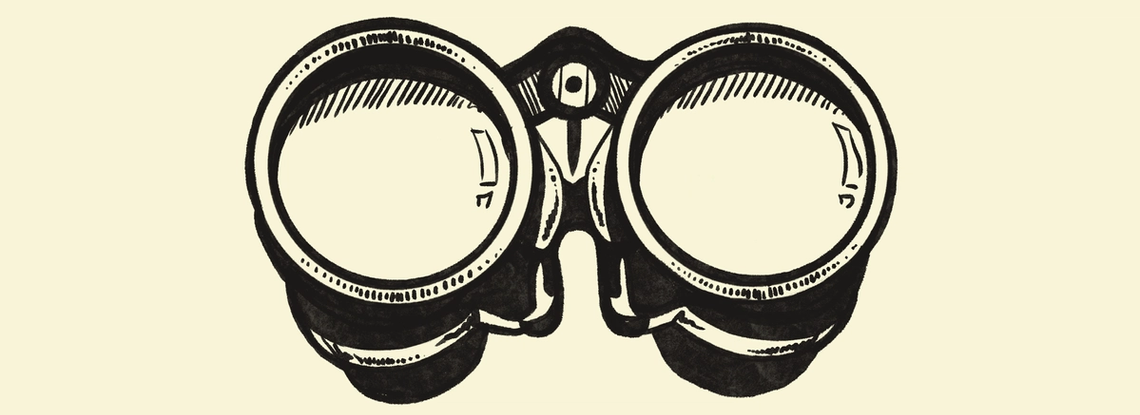Coloured is part memoir, part factual narrative exploring the difficult history and culture of communities in South Africa who have historically been classified as Coloured. They account for around 9% of the country’s population. The authors, political analyst Tessa Dooms and New York Times reporter Lynsey Chutel, say the book is a call to Coloured communities to reclaim their identity and understand the role of their community in forging South Africa’s future.  Credit: Jonathan Ball Publishers/Semafor collage Credit: Jonathan Ball Publishers/Semafor collage💡 Who is classified as Coloured in South Africa? Lynsey: One of the earliest official uses of the word “Coloured” that we found was by the colonizer Cecil John Rhodes, to describe a labor class that he intended to exploit on South Africa’s growing diamond and gold fields in the late nineteenth century. These people were neither European nor so-called Native, and so their isolation would make them more malleable, or so he thought. They were the disenfranchised descendants of some of the world’s oldest peoples, the San and the Khoe. They were the formerly enslaved who came from as far as Indonesia, Mozambique, Madagascar and Ghana. They were also the children of mixed-race relationships, and young Black children kidnapped along the Boer trek into South Africa’s interior. Some were Black people who chose to be classified as Coloured during apartheid because it had slightly more social and economic advantages. So Coloured people today are a mix of these stories that have shaped South Africa. 💡 Why was it important at this time in South Africa’s journey to write about Coloured people and their culture? Tessa: Identity politics has been one of the core underlying and consequential issues of how South Africa is structured, so there’s a lot of contestation that’s historically happened around identity. But even more so now, as the political landscape shifts, people are organizing around identity politics. So narratives and new ways of thinking about how to positively frame identity, and for people to engage with identity in ways that are positive and constructive, are needed now more than ever. 💡 When did you first realize Coloured could be an offensive term and how did that affect your own self-identity? Tessa: I went to the U.S. for the first time in 2007 and realized the word Coloured could be offensive after using it during a research presentation. I’d had a sense that Coloured was a classification that was historically used, but not a sense that the word itself was offensive. It was hard for me to explain to people why we’d been accepting of the word Coloured for so long. Also, it’s important to remember that not everyone who is born into a Coloured culture is accepting of the term, but a large group of people are. This isn’t a fight for the word “Coloured”, it’s celebrating the culture and community we’ve created under that banner. 💡What’s the most surprising thing you learned while researching this book? Lynsey: In creating an identity, arbitrary decisions had huge historical and social implications. The enslaved had their names and ancestry ripped away, and were reassigned last names according to the months of the year or the labor they performed. The decision to formalize Afrikaans as a language separate from Dutch came in part because white nationalists didn’t want their children sounding like the creole-speaking Black women who raised them, thereby erasing the Coloured people’s contribution to the second-most commonly spoken language in this country. Later, when the apartheid government was trying to figure out how to create racial classifications, it came down to how the hair on your arms grew, whether you ate rice or pap with your meat and the gesture you used to show height. That everyday cruelty never ceases to shock me.  Credit: Tessa Dooms/Jag Photography; Lynsey Chutel/Malwandla Rikhotso Credit: Tessa Dooms/Jag Photography; Lynsey Chutel/Malwandla Rikhotso💡 Today (Sep. 24) is Heritage Day in South Africa. Do you think Coloured heritage has been given its fair representation in the Rainbow Nation? Tessa: This idea that Coloured people have no culture comes from the complex narrative that Coloured heritage was disrupted by colonialism and apartheid, and so Coloured people in South Africa don’t have a clear sense of a heritage that goes back for centuries. In the midst of that disruption, Coloured people have created heritage and new forms of identity but that has not been seen as legitimate unless it can be tied to the past. This book liberates Coloured people and says that even if we don’t have ways to connect to the historical facts and heritages, what we’ve created today still makes us enough to be here and our story is part of the South African story. 💡 What’s one comfort food you associate with Coloured culture and what does it tell us about South African history? Lynsey: The koeksister, sometimes known as a koesister or bolla, is a staple in Coloured homes across the country and especially on a Sunday morning. This deep-fried ball of dough and love is perhaps one of the most common foods in a culture where family recipes vary significantly, depending on which part of the country you’re in. The koeksister, and specifically the way in which Coloured people make it, has come to represent so much of our history. — Yinka Read and share an extended version of the Q&A. | 




